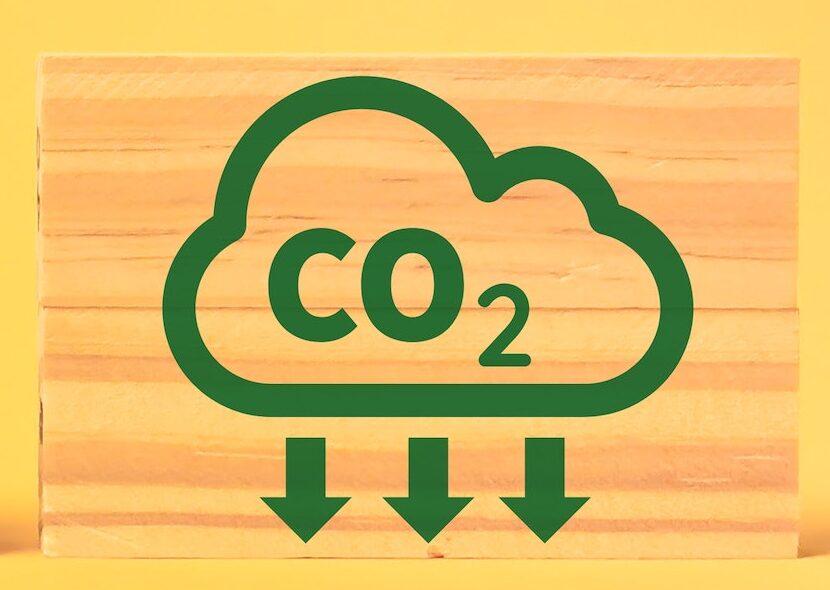Algae, a diverse group of aquatic organisms, have the potential to play a significant role in mitigating climate change. Algae, like plants, utilize photosynthesis to convert sunlight, water, and carbon dioxide into oxygen and biomass. This process of carbon sequestration removes CO2 from the atmosphere and stores it in the form of organic carbon. With their fast growth rates and ability to thrive in various environmental conditions, algae offer a promising solution for carbon capture and climate change mitigation.
Algae can be classified into two main groups: microalgae and macroalgae. Microalgae are microscopic single-celled organisms, while macroalgae are multicellular organisms commonly known as seaweed. Both types of algae possess unique characteristics that make them suitable for different carbon capture approaches.
Microalgae, due to their small size and rapid growth rates, are ideal candidates for bioenergy production. These tiny organisms can be cultivated in large-scale photobioreactors or open ponds, where they can absorb significant amounts of CO2 during photosynthesis. Once harvested, the biomass can be processed into biofuels like biodiesel or biogas, effectively trapping the carbon in a usable form. Moreover, microalgae cultivation does not compete with agricultural land use, making it an environmentally friendly option for large-scale CO2 capture.
Macroalgae, on the other hand, have the advantage of being able to grow in marine environments without the need for freshwater resources. Seaweed farms can be established along coastlines or even in the open ocean, where macroalgae can absorb CO2 directly from seawater. The harvested seaweed biomass can then be used for various applications such as biofuel production, animal feed, or even as a raw material for bioplastics.
In addition to carbon sequestration through photosynthesis, algae also play a role in enhancing the ocean’s natural carbon sink. When algae die and sink to the ocean floor, they take with them the carbon stored in their biomass. This process, known as the “biological pump,” contributes to the long-term storage of carbon in deep ocean sediments. By promoting the growth of algae in marine ecosystems, we can enhance the ocean’s capacity to sequester atmospheric CO2.
Algae also have numerous environmental applications beyond carbon capture. For example, they can be used for wastewater treatment, where they can help remove excess nutrients like nitrogen and phosphorus. These nutrients can cause eutrophication, a process that leads to oxygen depletion and the formation of dead zones in aquatic ecosystems. By utilizing algae for nutrient removal, we can improve water quality and prevent the detrimental effects of eutrophication.
Furthermore, some species of algae are capable of producing valuable bioproducts such as proteins, lipids, and pigments. These compounds can be used in various industries, including food and beverage, cosmetics, pharmaceuticals, and textiles. By harnessing the power of algae for bioproduct production, we can develop sustainable alternatives to conventional manufacturing processes that rely on finite resources like fossil fuels.
In conclusion, algae offer a promising solution for mitigating climate change through carbon capture and sequestration. Their ability to grow rapidly and thrive in diverse environments makes them an ideal candidate for large-scale CO2 removal strategies. Moreover, their additional environmental applications, such as wastewater treatment and bioproduct production, make them a valuable resource in our quest for a more sustainable future. As research continues to uncover new potentials for algae-based technologies, we can expect to see even more innovative solutions emerge to combat climate change and protect our planet.

